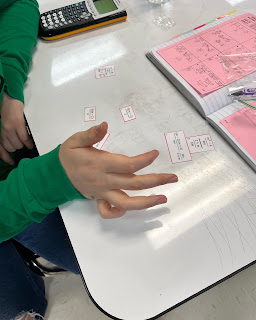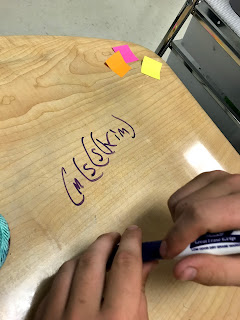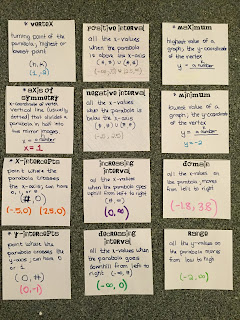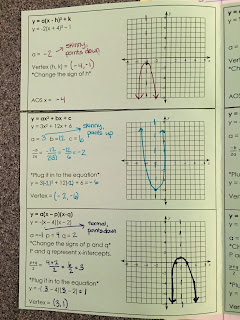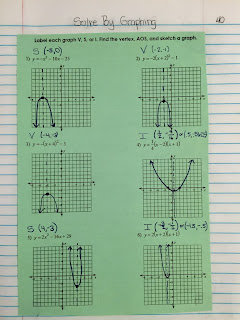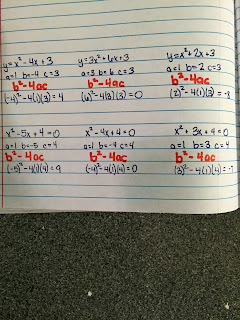I needed a cool-ish idea for an Algebra II lesson to use while I was being observed. The topic: complex fractions. This topic brings my organizing-obsessed brain much satisfaction but is not exactly exciting.
I went back to my roots....I love sorting!
Students were given 7 pieces to put in the correct order of being solved.
After about 1 minute, I told the class that the piece with the @ symbol was the original problem and should be their starting point.
After another minute, I asked if they had a guess for which piece is the last piece. Most students can guess the order because it gets smaller as it goes.
Then I showed the correct order and asked what was happening from piece to piece and how did it affect the problem.
I feel like I've been successful teaching this skill all these years without the card sort but it got us off and running much easier. It didn't seem like I was just magically pulling steps out of the air because they had a worked out example to see the process and the end result.
Here's the doc file in case you want to change anything and a pdf link if that doesn't work.
I laminated the pages, cut them up, and put them in snack size ziplocks for each student.



